The Netherlands
The Kingdom of the Netherlands is a constitutional monarchy. The state of the Netherlands is a decentralized unitary state composed of municipalities (gemeenten) and provinces (provincies) and water boards (waterschappen).
CEMR in the Netherlands – Association of Netherlands Municipalities (www.vng.nl) and Association of Dutch Provinces (www.ipo.nl)










Local governments
The college of mayor and aldermen (burgemeester en wethouders) is the municipality's executive body. The college prepares and implements local council decisions and is responsible for executing national policies at the local tier (medebewind). Aldermen, whose number varies depending on the municipality, are elected by the council for a four-year mandate.
The local council (gemeenteraad) is the municipality's deliberative body. Its members are councillors elected for a period of four years via the proportional representation system. The local council is in charge of the college of mayor and aldermen, makes all main municipal decisions and has the power to pass by-laws. It is chaired by the mayor, who cannot take part in any of the council votes.
The mayor (burgemeester) chairs the local council and the college of mayor and aldermen. He/she is formally appointed for a six-year mandate by the national government at the proposal of the local council. The mayor has the power to vote within the college of mayor and aldermen and his/her vote can be decisive.
-
- Urban planning*
- (Social) Housing*
- Civil engineering*
- Environmental policies
- Waste collection
- Transport: local roads, city transport and public transport*
- Public health and youth care: prevention and education*
- Public safety and order
- Disaster management*
- Primary and secondary education: school buildings*
- Employment
- Local and regional economy
- Childcare
- Social services and welfare*
- Culture and sports
- Leisure, Recreation and Tourism
- Local media and broadcasting
*shared with the national or provincial government









Regional governments
The provincial executive board (gedeputeerde staten) is the province’s executive body. It prepares and implements decisions taken by the provincial states and is responsible for executing national policies at the provincial tier. The provincial executive board is composed of the king’s commissioner and members of the executive board (gedeputeerden), whose number varies depending on the province.
The king’s commissioner (commissaris van de koning) chairs the provincial executive board and is appointed for a six-year term by the national government at the proposal of the provincial states.
-
- Spatial planning
- Environment
- Culture
- Leisure and tourism
- Public transport, provincial road maintenance and traffic
- Energy
- Regional media and broadcasting
